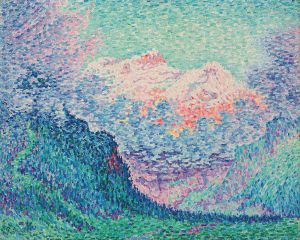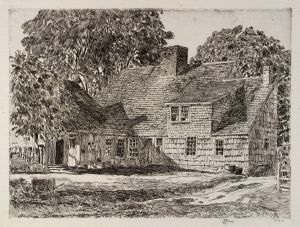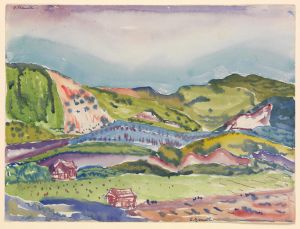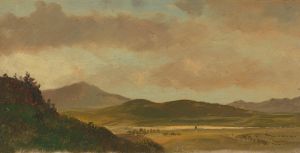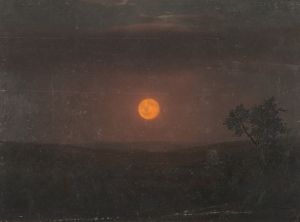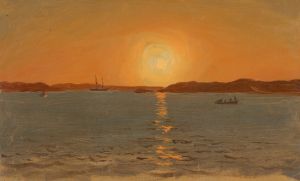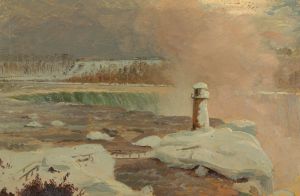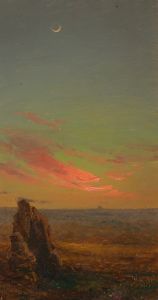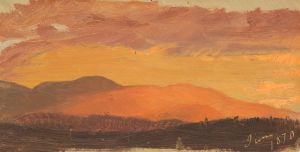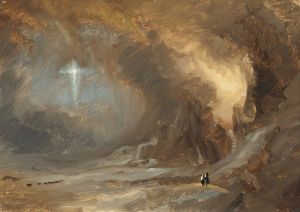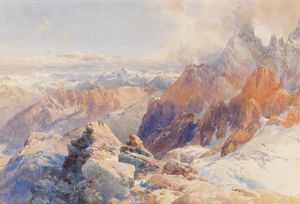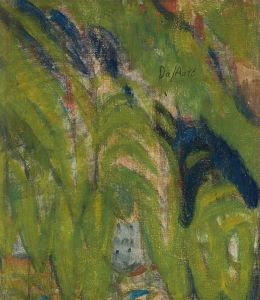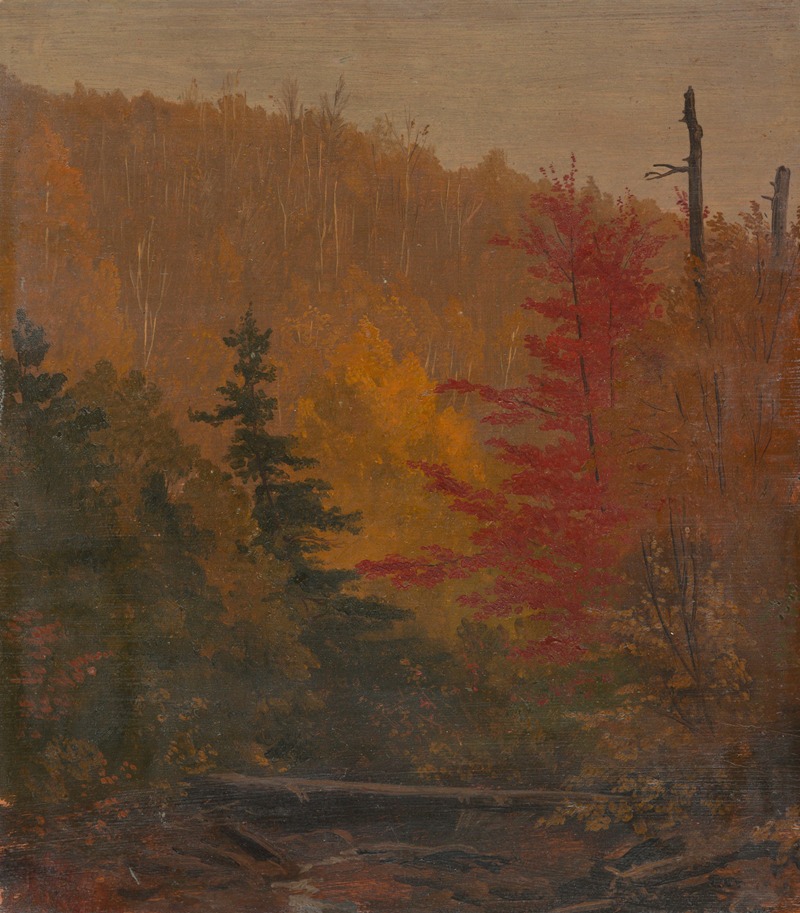
Probably near Katahdin, autumn
A hand-painted replica of Frederic Edwin Church’s masterpiece Probably near Katahdin, autumn, meticulously crafted by professional artists to capture the true essence of the original. Each piece is created with museum-quality canvas and rare mineral pigments, carefully painted by experienced artists with delicate brushstrokes and rich, layered colors to perfectly recreate the texture of the original artwork. Unlike machine-printed reproductions, this hand-painted version brings the painting to life, infused with the artist’s emotions and skill in every stroke. Whether for personal collection or home decoration, it instantly elevates the artistic atmosphere of any space.
Frederic Edwin Church's painting Probably near Katahdin, autumn is a work by one of the most prominent American landscape painters of the 19th century. Church was a central figure in the Hudson River School, a movement known for its detailed and romanticized depictions of the American wilderness. This particular painting is believed to depict a scene in the vicinity of Mount Katahdin, the highest mountain in Maine and a location of great natural beauty. The title suggests an autumnal setting, with the vibrant colors of fall foliage likely playing a significant role in the composition.
Church was known for his meticulous attention to detail and his ability to capture the grandeur of the natural world. His works often reflect a deep appreciation for the American landscape, as well as an interest in the sublime—a concept that emphasizes the awe-inspiring and sometimes overwhelming power of nature. While the exact date of creation for Probably near Katahdin, autumn is not specified, it aligns with Church's broader body of work, which frequently explored the landscapes of the northeastern United States during the mid-19th century.
Mount Katahdin itself holds cultural and historical significance. It is a prominent feature in the state of Maine and is considered sacred by the Penobscot people, an Indigenous group native to the region. Church's choice to depict this area reflects his interest in capturing iconic and meaningful locations within the American landscape.
As with many of Church's works, this painting likely demonstrates his skillful use of light and color to evoke a sense of atmosphere and emotion. The autumnal theme would have allowed him to showcase the rich, warm hues of the season, contrasting with the ruggedness of the mountain terrain. Church's ability to balance realism with an idealized vision of nature made his works highly popular during his lifetime and continues to draw admiration today.
The painting is part of Church's extensive oeuvre, which includes other celebrated works such as The Heart of the Andes and Niagara. His art not only captures the beauty of specific locations but also serves as a testament to the 19th-century American fascination with exploration, discovery, and the natural world.
Further details about the painting's current location, dimensions, or provenance are not readily available.





